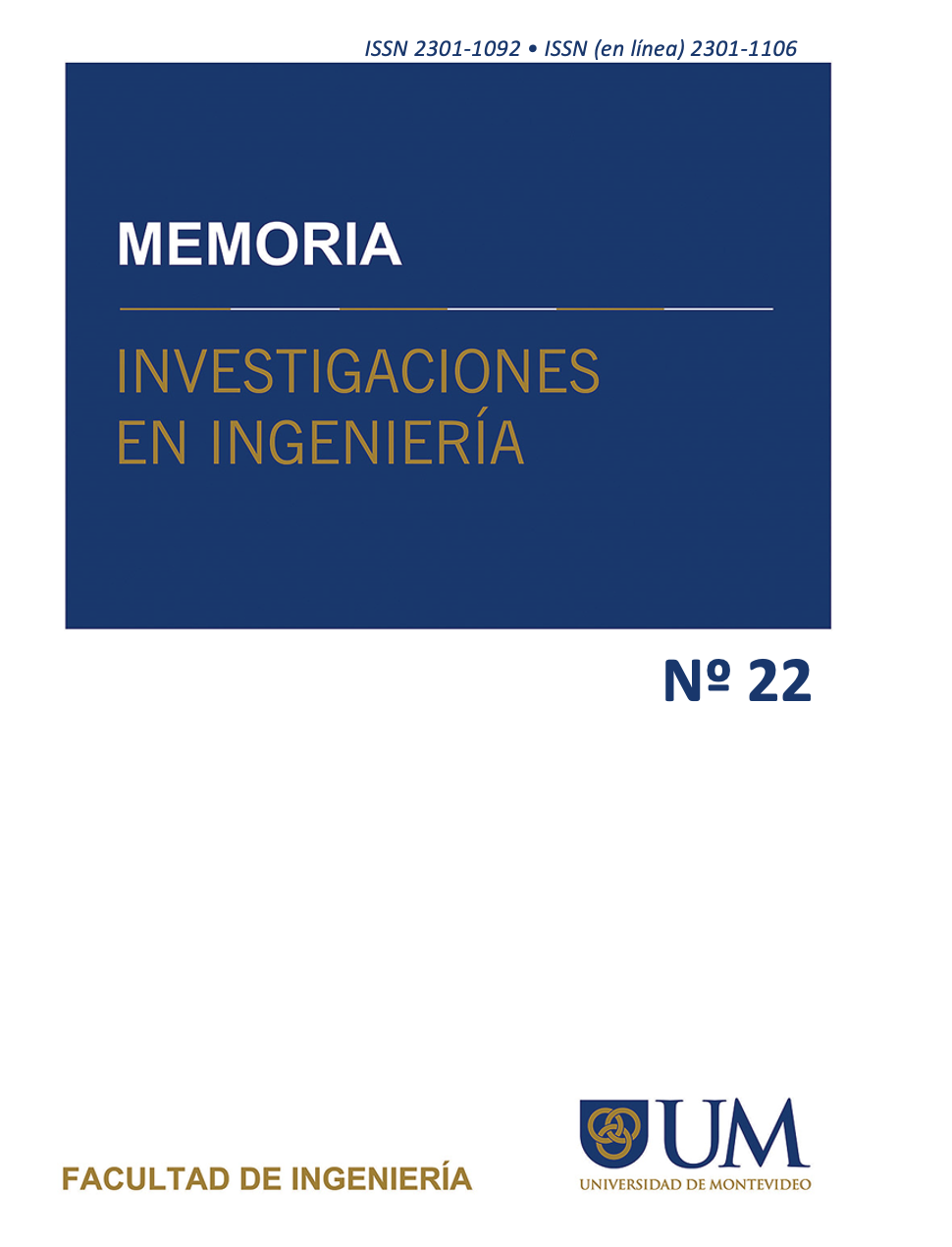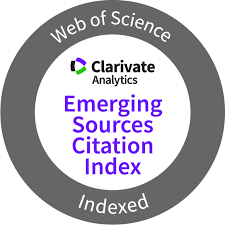Influence of the improvement of 0.2%, 0.3% and 0.4% of polyethylene terephthalate on the strength and permeability properties of concrete pavement
DOI:
https://doi.org/10.36561/ING.22.2Keywords:
Pet, Concrete, Compression, Bending, PermeabilityAbstract
The objective of the research is to determine the effect of the use of recycled PET on the permeability, compressive strength, and flexure of the permeable pavement f'c=280 kg/cm2. The methodology is applied type, experimental design, and quantitative approach. Permeable concrete is a type of porous pavement that seeks to solve the problems of traditional pavements, since traditional pavements, by not having an adequate gutter, tend to accumulate rainwater causing various accidents due to lack of inertia and decrease in pavement life. PET is a material that is found everywhere as waste, this material tends to resist tensile loads. The results show that 0.3% PET improves compressive strength, while 0.4% PET improves flexing and permeability. It is concluded that if the greatest resistance is sought, a lower dosage of PET is used and if greater flexing and permeability is sought, a higher percentage of PET is used. This study showed that PET does have a significant influence on the compressive strength, flexural strength, and permeability of pervious concrete.
Downloads
References
M. Espinoza Perez y L. Quispe Rimache, «Comportamiento mecánico del concreto con incorporación del PET para canales de riego erosionables del distrito de Nueva Cajamarca, 2020,» Moyobamba, 2020.
National Ready Mixed Concrete Association - NRMCA, «Concreto Permeable,» El concreto en la práctica: ¿Qué, por qué y comó?, nº CIP 38, p. 2, 2020. Available: http://transparencia.mtc.gob.pe/idm_docs/normas_legales/1_0_2819.pdf
S. Arango, «360 en concreto,» [En línea]. Available: https://www.360enconcreto.com/blog/detalle/concreto-permeable-desarrollo-urbano-de-bajo-impacto [Último acceso: 10 Marzo 2022].
C. Aire, «Instituto Mexicano del Concreto y Cemento,» [En línea]. Available: https://www.imcyc.com/revistacyt/jun11/arttecnologia.htm.
[Último acceso: 10 Marzo 2022].
E. Cárdenas, Á. Albiter y J. Jaimes, «Pavimentos permeables. Una aproximación convergente en la construcción de vialidades urbanas y en la tenían del recurso agua,» CIENCIA ergo-sum, Revista Científica Multidisciplinaria de Prospectiva, vol. 24, nº 2, 2017.
A. Bautista Pereda, «DISEÑO DE PAVIMENTO RÍGIDO PERMEABLE PARA LA EVACUACIÓN DE AGUA PLUVIALES SEGÚN LA NORMA ACI 522R-10,» Lima, 2018.
I. Reyes Montoya, «Diseño de un concreto con fibras de Polietileno Tereftalato (pet) reciclado para la ejecución de losas en el asentamiento humano Amauta - Ate - Lima Este,» Lima, 2018.
A. Ghadafi y C. Kankam, «Strength Characteristics of Recycled Polyethylene Fibre Reinforced Concrete,» Journal of Materials Science Research and Reviews, vol. 7, nº 3, pp. 33-41, 2021.
Published
How to Cite
Issue
Section
License
Copyright (c) 2022 Jazmín Alejandra Solórzano Ordinola, Marco Antonio Cerna Vasquez Junior

This work is licensed under a Creative Commons Attribution 4.0 International License.






















